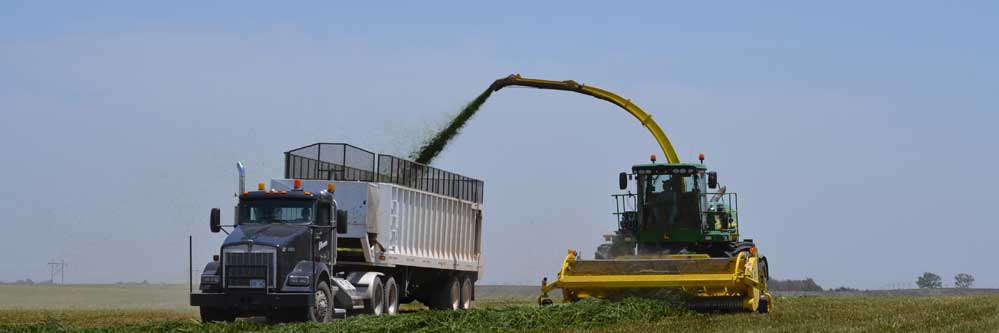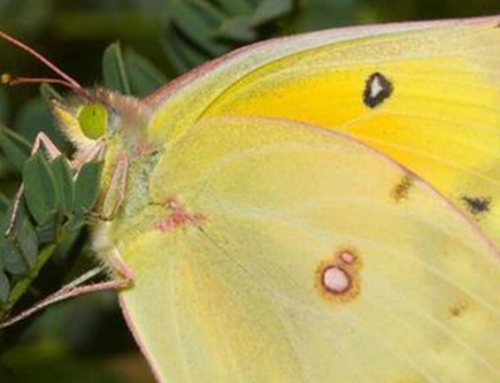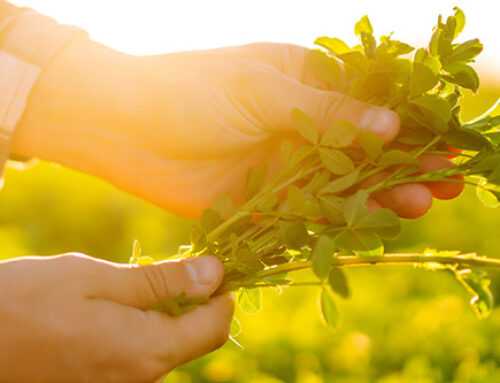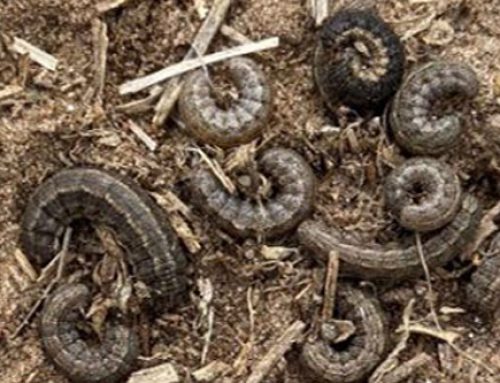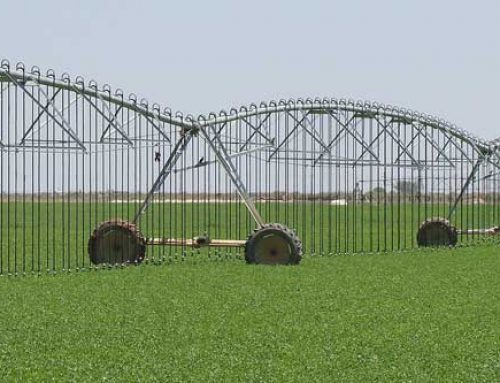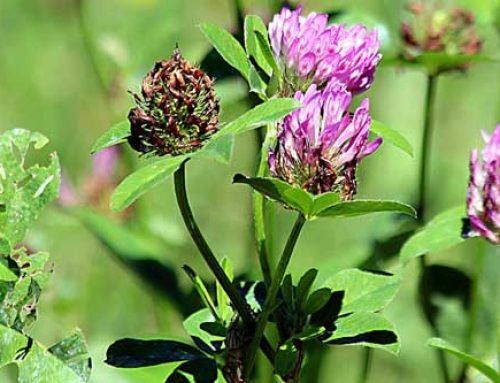First cutting of alfalfa is typically the highest yielding cutting of the season. Normally, first cutting also has the lowest relative feed value (RFV) of the season. It has the coarsest stems, prone to more leaf loss and notoriously gets cut a little later than the optimum quality growth stage in order to take advantage of the higher yield potential.
First cutting of alfalfa has other harvest issues as well. Due to higher biomass, windrows take longer to dry out and more leaves are typically lost while turning windrows and baling. Rain is more frequent in the spring which delays harvest even longer, and further reduces quality. Harvest delays also set back second cutting regrowth. Traffic across the field further damages the new regrowth.
Effectively, days are wasted, which domino into later harvest dates for subsequent cuttings. Harvest delays also mean you can miss out on an additional cutting at the end of the season. A late season cutting can be the highest quality cutting of the year, and those premium dollars could be left on the table.
Harvesting first cutting alfalfa as haylage is a good alternative to baling. Haylage is a popular feedstuff for dairies, and some feedlots. The quality of the haylage will be higher than that of baled hay, mostly due to the retention of total digestible nutrients from less drying time and better leaf retention.
If the opportunity arises to market first cutting as haylage, it is worth exploring.
Harvest time is reduced to a single day in most cases. Effectively, moisture needs to be reduced to around 60% instead of the normal 14-18% for baled hay. This is accomplished by mowing hay with a crimper or conditioner, plus utilizing a wide windrow. Within hours, the hay should be dry enough to pick up and chop.
This short harvest turnaround allows second cutting to get off to a fast start. Potential insect damage that may occur under the windrow is greatly reduced. If any post-harvest herbicide applications are necessary, they can be applied in a very timely manner.
So, consider taking first cutting off as haylage. It can pay big dividends to your overall production for the year.
